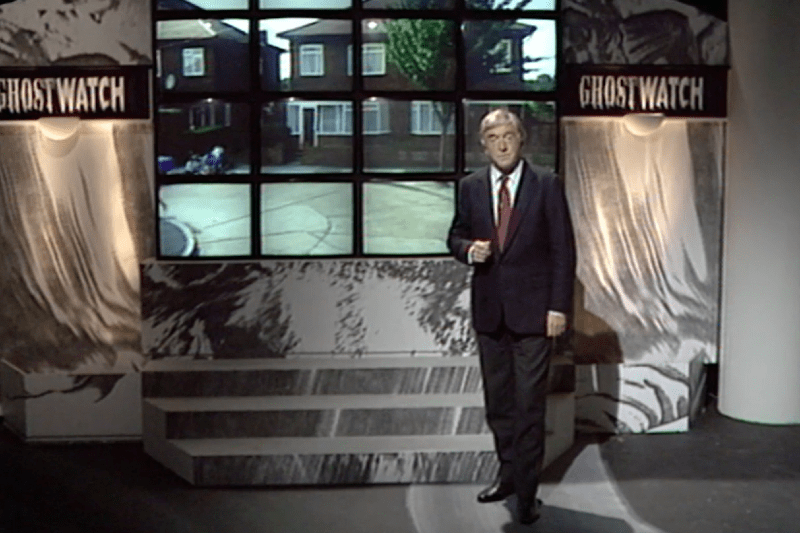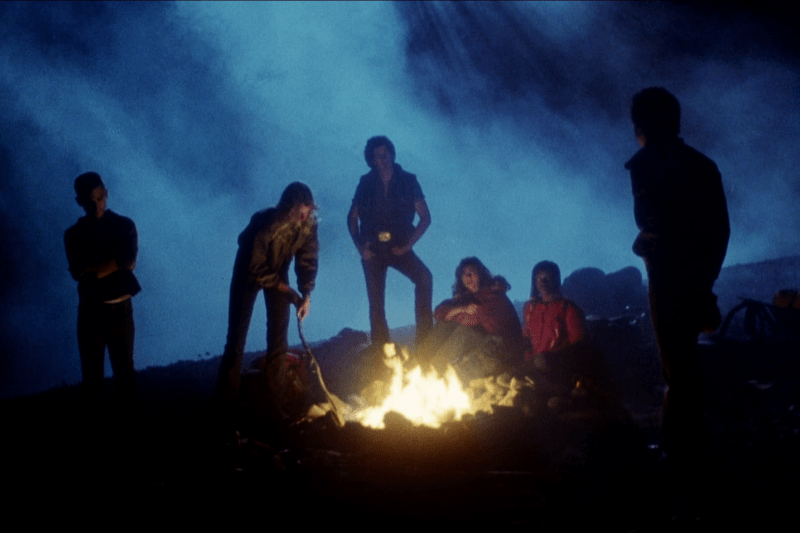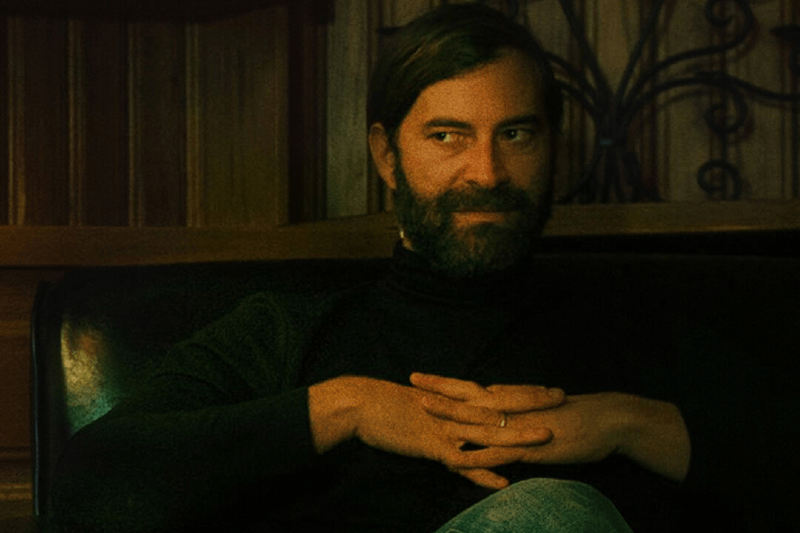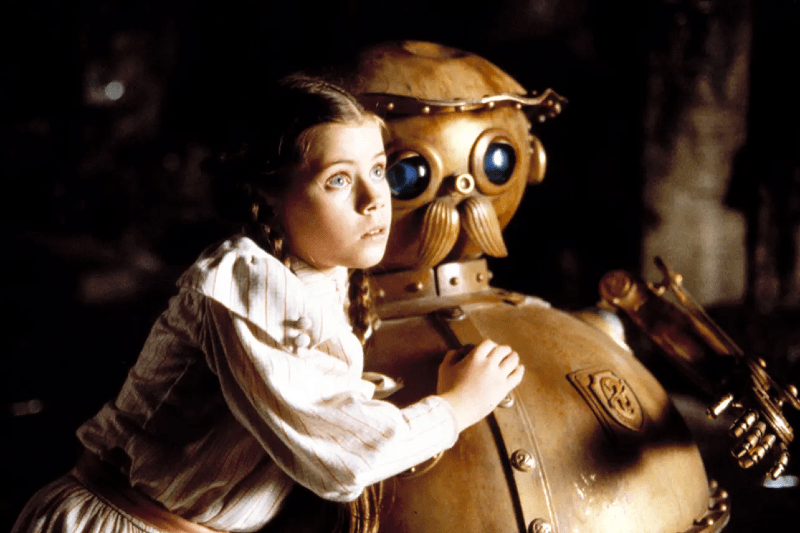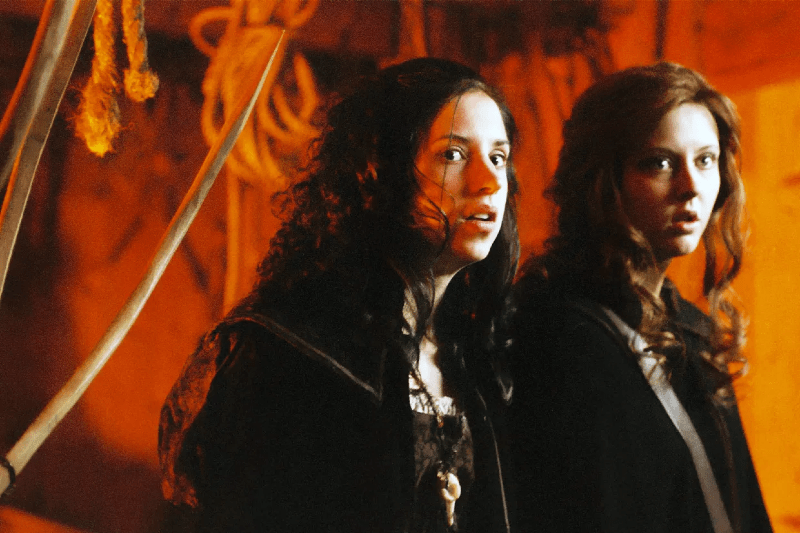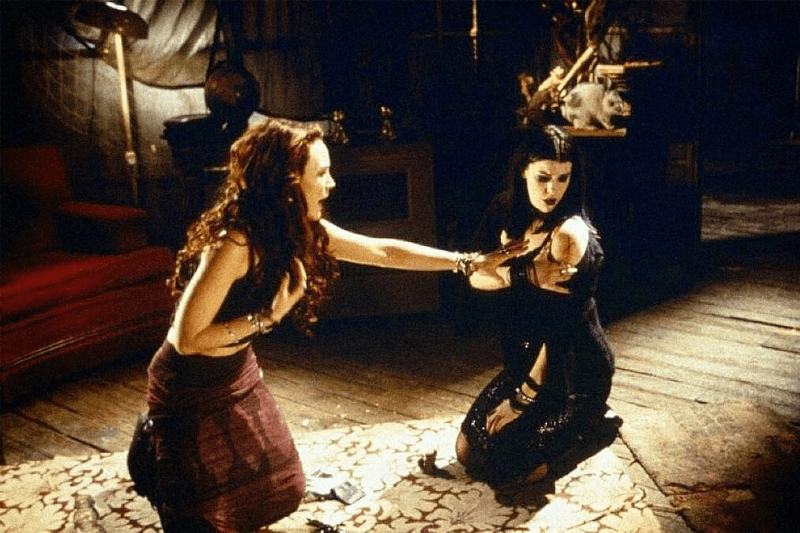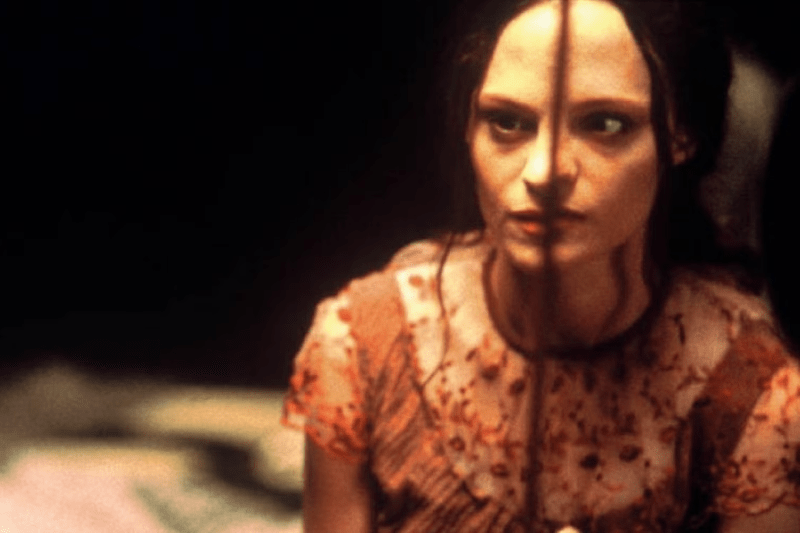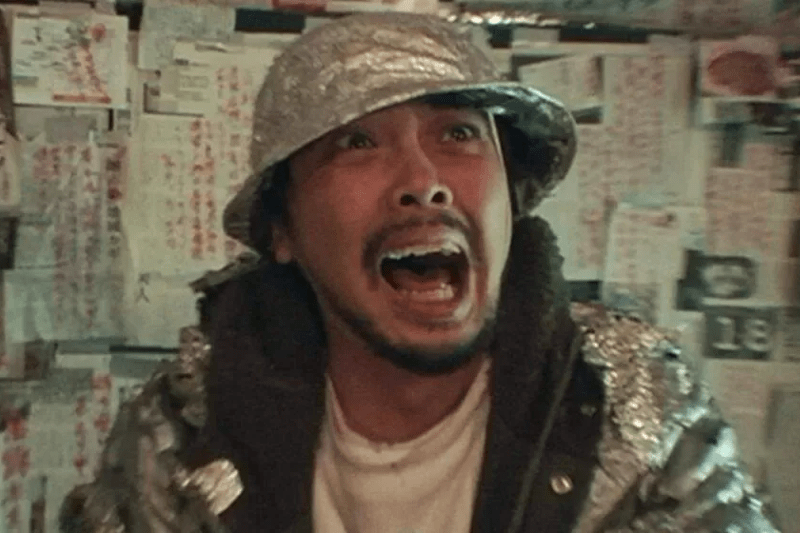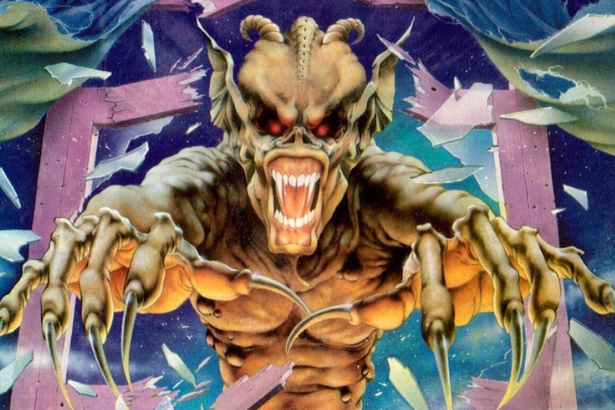‘In the Dark’ Is a Grim, Shot-on-Video Masterpiece
Rocco T. Thompson explains why Clifton Holmes's 'In the Dark' should join 'The Blair Witch Project' in the canon of SOV masterpieces.
Stay in touch
Sign up for our free newsletter
Podcast Spotlight
Podcast: Kate Siegel on ‘Ghostwatch’
'V/H/S/Beyond' filmmaker Kate Siegel joins Certified Forgotten to talk about her directorial debut and Lesley Manning's 'Ghostwatch.'
Podcast: David Dastmalchian on ‘Entrance’
'Late Night with the Devil' star David Dastmalchian joins Certified Forgotten to discuss 'Entrance,' one of his favorite underrated slashers.
Podcast: C. Robert Cargill on ‘The Final Terror’
Screenwriter C. Robert Cargill ('The Black Phone') joins Certified Forgotten to discuss Andrew Davis's anti-slasher 'The Final Terror.'
Podcast: Aimee Kuge on ‘Shatter Dead’
Aimee Kuge ('Cannibal Mukbang') joins Certified Forgotten to talk about her debut feature and Scooter McRae's cult classic 'Shatter Dead.'
Uterus Horror
‘Jack & Diane’ and the Hunger of First Love
Film critic Molly Henery explores the lycanthropic first love of Bradley Rust Gray's 'Jack & Diane' for her Uterus Horror column.
Hope in ‘Humanist Vampire Seeking Consenting Suicidal Person’
Molly Henery explores the adolescent empathy of Ariane Louis-Seize's 'Humanist Vampire Seeking Consenting Suicidal Person.'
The Absent Adults of ‘The Blackcoat’s Daughter’
In her latest Uterus Horror column, Molly Henery digs into the absent parents of Osgood Perkins's 'The Blackcoat's Daughter.'
New Articles
Podcast: ‘Dangerous Animals’ Gets Uncertified
Matt Donato and Matthew Monagle discuss 'Dangerous Animals,' a new shark movie from beloved horror filmmaker Sean Byrne.
Podcast: Paul Gandersman and Peter Hall on ‘Noroi: The Curse’
Paul Gandersman and Peter Hall, the duo behind 'Man Finds Tape,' discuss their debut feature and Kōji Shiraishi's 'Noroi: The Curse.'
Short Cuts: ‘Room Service’ Brings Horror Comics to Life
James Tynion IV and PK Colinet join forces to write and direct 'Room Service,' a short film with a comic prequel.
Podcast: DJ Bruja on ‘Terrified’
Dorina, aka DJ Bruja, joins Certified Forgotten to discuss Demian Rugna's 'Terrified' and the importance of music in horror.

